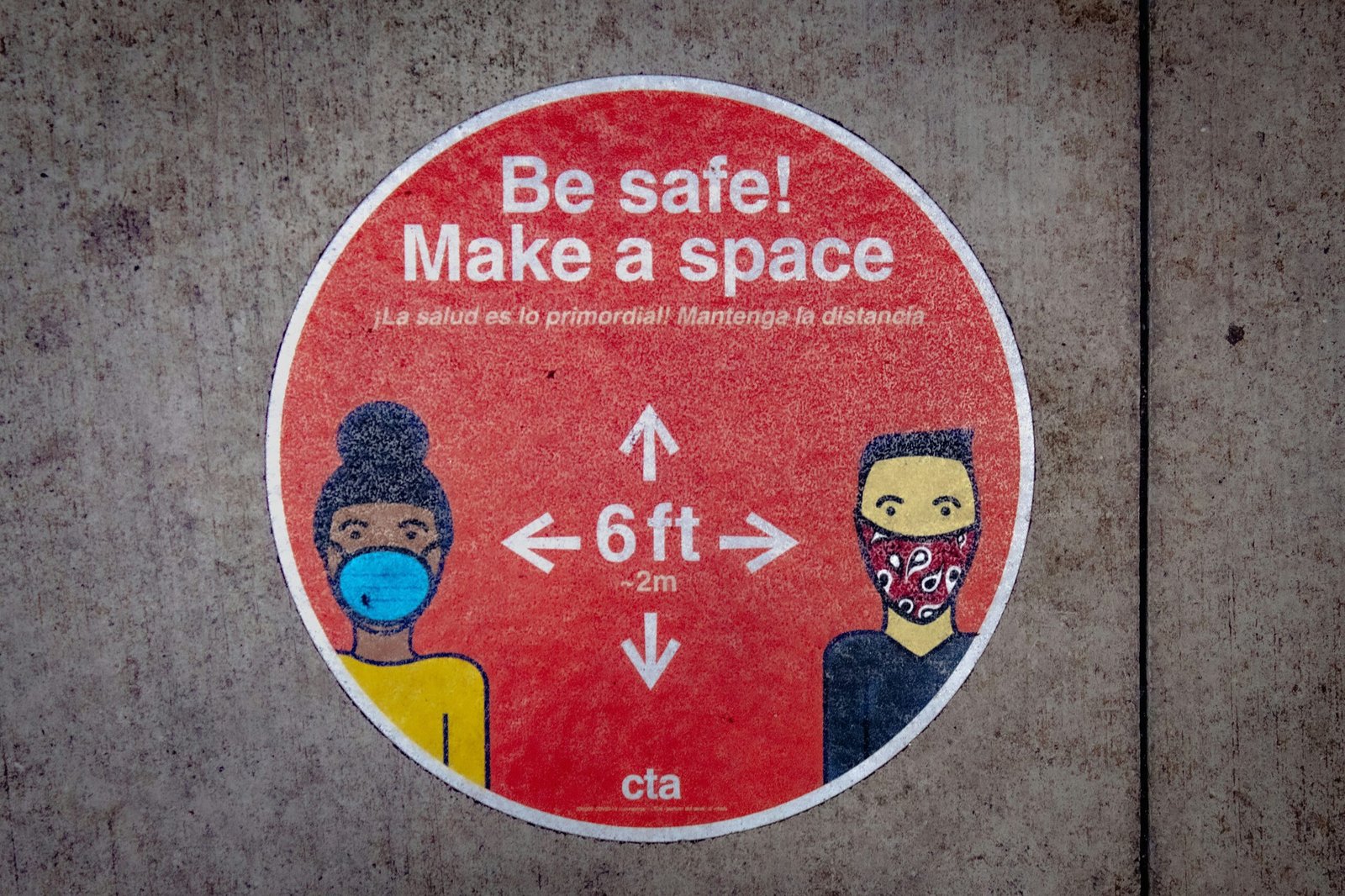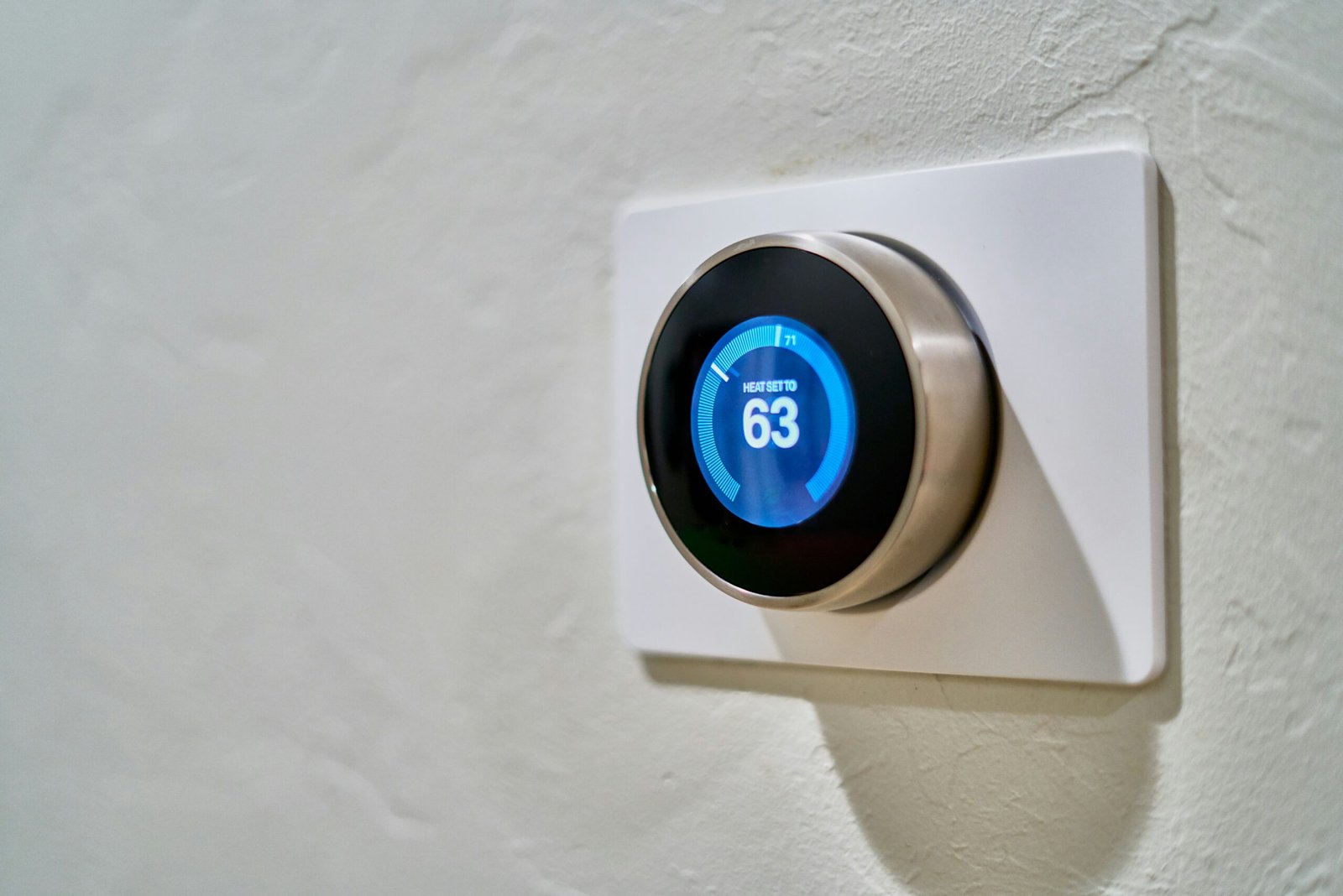In the era of smart cities, technology plays a crucial role in improving the quality of life for citizens. One of the key aspects of smart city development is citizen engagement and feedback. To facilitate this, many cities are turning to citizen feedback apps that allow residents to provide their opinions, suggestions, and complaints directly to the local government. In this blog post, we will explore the importance of UI/UX designs for these apps and how they can contribute to the improvement of smart cities.
User Interface (UI) and User Experience (UX) are two critical components of any digital product, including citizen feedback apps. UI focuses on the visual elements and interaction design, while UX encompasses the overall experience and usability of the app. A well-designed UI/UX can significantly enhance the effectiveness and efficiency of citizen feedback apps, leading to better communication between citizens and local authorities.
First and foremost, a user-friendly interface is essential for citizen feedback apps. The app should have a clean and intuitive design, making it easy for users to navigate and provide feedback. Clear and concise instructions should be provided to guide users through the process. Additionally, the app should be accessible to all citizens, including those with disabilities. Incorporating features such as text-to-speech and high contrast options can ensure inclusivity and equal access to the app.
To encourage citizen participation, the app should also offer a seamless user experience. Citizens should be able to provide feedback quickly and effortlessly. This can be achieved through features such as pre-filled forms, drop-down menus, and auto-suggestions. By reducing the time and effort required to submit feedback, more citizens are likely to engage with the app, leading to a higher volume of valuable feedback for city officials.
Visual elements are crucial in UI/UX designs as they help convey information effectively. The use of charts, graphs, and maps can present data in a visually appealing and easy-to-understand manner. For example, a map-based interface can allow citizens to pinpoint the exact location of an issue, such as a pothole or a broken streetlight. This visual representation not only helps city officials identify and address problems more efficiently but also gives citizens a sense of empowerment and involvement in the improvement of their city.
Personalization is another aspect that can enhance the user experience of citizen feedback apps. Allowing users to customize their app settings, such as notification preferences and language options, can make the app feel more personalized and tailored to their needs. By giving citizens control over their app experience, they are more likely to engage with the app regularly and provide valuable feedback.
Furthermore, integrating the app with other smart city initiatives can further improve its effectiveness. For example, linking the citizen feedback app with the city’s transportation system can allow citizens to report issues related to public transportation directly from the app. This seamless integration not only simplifies the process for citizens but also enables city officials to gather data from multiple sources, leading to a more comprehensive understanding of the city’s needs and areas for improvement.
In conclusion, UI/UX designs play a vital role in the success of citizen feedback apps for smart city improvement. A well-designed interface and user-friendly experience can encourage citizen participation and provide valuable feedback to local authorities. By incorporating visual elements, personalization features, and seamless integration with other smart city initiatives, these apps can contribute to the continuous development and enhancement of smart cities.












Leave a Reply